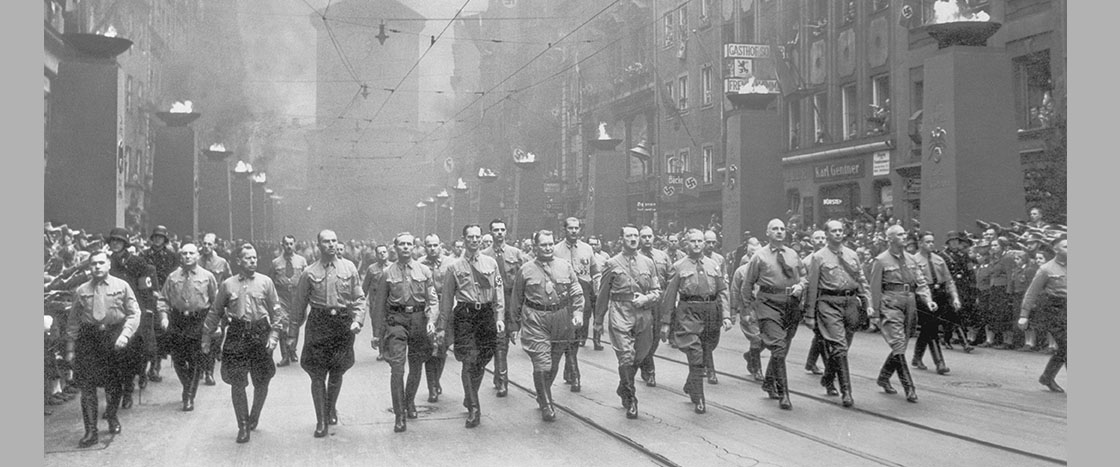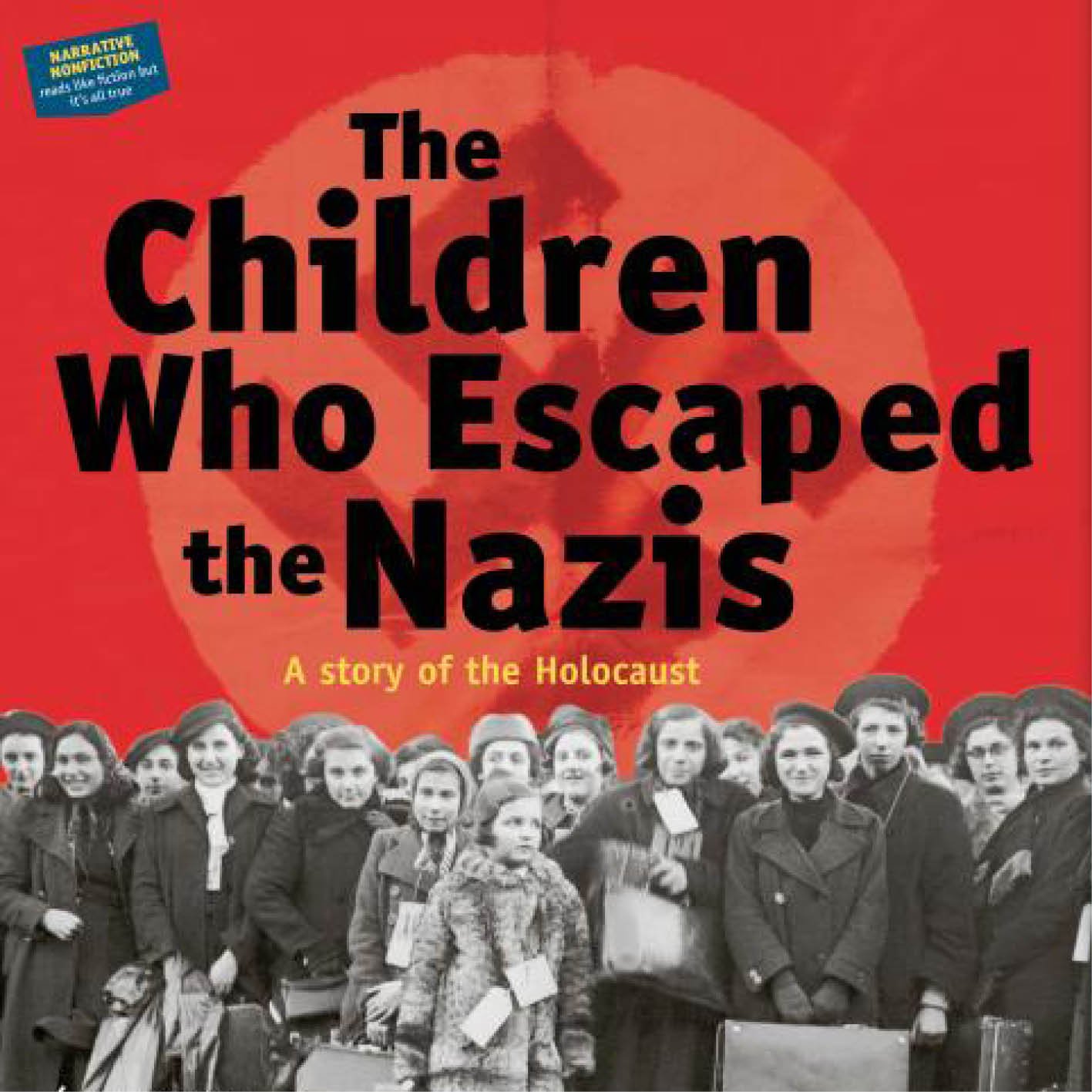It was December 1941, and life in Germany was dangerous. The country was under the control of Adolf Hitler and his Nazi Party. In all of human history, few regimes have been more profoundly evil than Hitler’s Nazi Germany.
Hitler had come to power after a period of great difficulty. Unemployment was high. Many Germans felt bitter and humiliated by their defeat in World War I. Hitler gave the German people someone to blame for their problems: Jewish people.
Prejudice against Jewish people—known as anti-Semitism—had existed in Europe for centuries. European Jews were resented and mistrusted for being different, and for having different customs and different beliefs. Many times over the years, leaders had turned the Jews into scapegoats, blaming them for problems ranging from the plague to World War I.
Of course these claims were outlandish. But embers of these old beliefs smoldered in German culture. Hitler easily fanned the flames. He singled out other groups as well: Catholics, the disabled, Gypsies, gay people. But the Jews were his primary target. In speech after speech, he called them “vermin” and said they were to blame for all of Germany’s woes.
Many Germans embraced Hitler and the Nazi Party and all it stood for. Those who did not learned to keep quiet. Resisters were marked as traitors and swiftly killed. Even Karl’s parents, who often expressed their hatred of Hitler in private, dared not interfere. One day as Karl was coming home, he saw armed Nazi officers spitting on a group of German Jews. Upset, Karl ran home and told his mother.
“Son, it is best you forget what you saw,” Karl remembered her saying. “That is the way our lives will be now.”
But Karl could not forget.
He and his two best friends, Helmuth Hübener, 16, and Rudi Wobbe, 15, hated what Hitler stood for. Hitler promised to restore German pride and glory. But like many, the three boys believed that Hitler’s real interest was in his own power. Hitler gave himself the title of führer, or supreme leader, and began invading Germany’s neighbors, igniting World War II.
The boys believed Hitler was destroying Germany.
But what could three teenagers do against Hitler?




